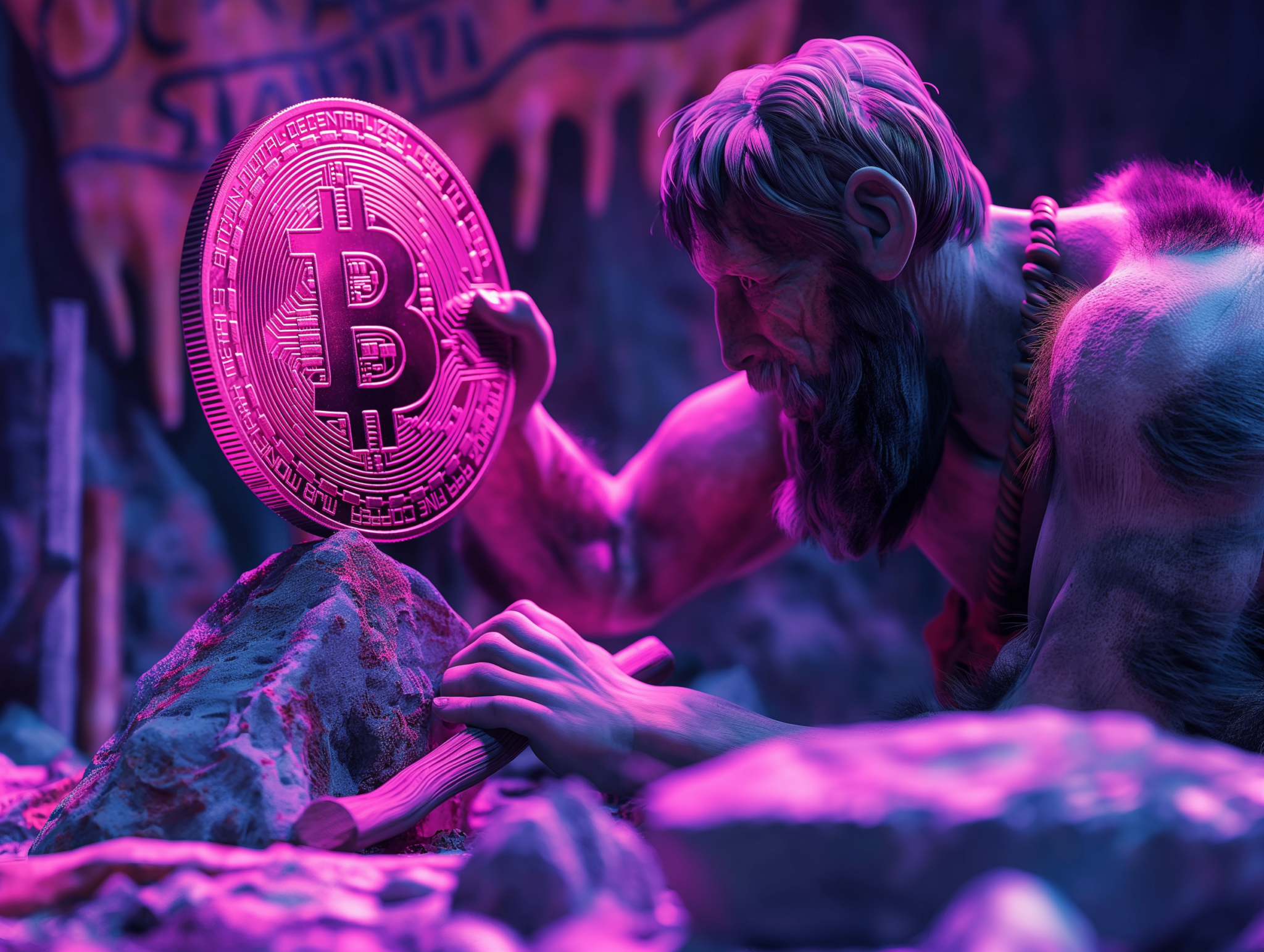In the continually changing world of cryptocurrency and blockchain technology, blockchain forks have generated significant discussion, interest, and sometimes confusion. These digital splits can transform entire ecosystems, lead to the creation of new cryptocurrencies, and test our understanding of consensus in the decentralized environment. This article will explore the various aspects of blockchain forks.
The Foundations of Forks
At its core, a blockchain fork diverges the blockchain network. Imagine a river splitting into two separate streams, each carving its path forward while sharing a common source. This analogy captures what happens when a blockchain forks: the original chain splits, and two separate versions of the protocol continue from that point onward.
Forks occur for various reasons, ranging from deliberate protocol upgrades to disagreements within the community about the future direction of the project. They can be planned or unexpected, temporary or permanent, each with implications for the network and its participants.
The Anatomy of a Fork
To truly grasp the concept of blockchain forks, it’s crucial to understand the underlying mechanics. Blockchains operate on a consensus mechanism, where network participants agree on the ledger’s state. When changes to the protocol are proposed, they must be adopted by the majority of the network to take effect.
The two primary types of blockchain forks are soft forks and hard forks, each with distinct characteristics and consequences.
Soft Forks: A Gentle Evolution
Soft forks represent a more conservative approach to upgrading a blockchain. These changes are backward-compatible, meaning that nodes running the old version of the software can still interact with those running the new version. Soft forks typically introduce new rules or restrictions to the protocol without invalidating previously mined blocks.
For example, a soft fork might reduce the block size limit or add new transaction types. Nodes that haven’t upgraded will see these new transaction types as valid but won’t be able to create them. This allows for a gradual transition, as not all participants need to upgrade simultaneously for the network to function.
Hard Forks: A Revolutionary Leap
In contrast, hard forks are more radical changes that create a permanent divergence from the previous version of the blockchain. These updates are not backward-compatible, meaning that nodes must upgrade to the new version to continue participating in the network. If a significant portion of the network doesn’t upgrade, this can lead to a split in the blockchain, with two separate chains moving forward independently.
Hard forks can introduce fundamental changes to the protocol, such as altering the block size, changing the mining algorithm, or modifying the reward structure. These changes can be so significant that they create a new cryptocurrency, as seen with forks like Bitcoin Cash or Ethereum Classic.
The Motivations Behind the Split
Blockchain forks don’t happen in a vacuum. They’re often the result of complex technical, economic, and sometimes philosophical debates within the cryptocurrency community. Understanding these motivations provides insight into the dynamic nature of blockchain development and the challenges of governing decentralized systems.
Technical Upgrades and Scalability
One of the primary drivers of blockchain forks is the need for technical improvements. As blockchain networks grow, they often face scalability issues, with increasing transaction volumes leading to slower confirmation times and higher fees. Forks can introduce solutions to these problems, such as increased block sizes or new layer-2 scaling solutions.
For instance, the debate over how best to scale Bitcoin led to the creation of Bitcoin Cash through a hard fork. This new chain increased the block size to allow more transactions per block, aiming to reduce fees and confirmation times.
Ideological Differences
Sometimes, forks arise from fundamental disagreements about a blockchain project’s purpose and direction. These ideological splits can lead to passionate debates, resulting in separate chains that reflect different visions for the technology.
The Ethereum Classic fork is a prime example of this. Following the DAO hack, the Ethereum community was divided over whether to reverse the fraudulent transactions. This led to a hard fork, with Ethereum Classic maintaining the original chain (and the hacked funds) in the name of immutability while the main Ethereum chain rolled back the hack.
Governance and Decentralization
Forks can also be a manifestation of governance issues within blockchain projects. In truly decentralized systems, there’s no central authority to make unilateral decisions about the protocol’s future. Forks allow different factions to pursue their preferred solutions when significant disagreements arise.
This aspect of forks is sometimes seen as a feature rather than a bug, allowing for a “market-based” decision-making process where users and miners can “vote with their feet” by choosing which chain to support.
The Aftermath: Life After the Fork
When a blockchain forks, particularly a contentious hard fork, the consequences can be far-reaching and complex. The community often splits, with developers, miners, and users having to choose sides. This division can lead to fierce competition between the original chain and its new offshoot.
Market Dynamics and Value Distribution
One of the hard fork’s most immediate and visible effects is its impact on the cryptocurrency market. In many cases, holders of the original cryptocurrency receive an equal amount of the new forked coin, creating value out of thin air. This can lead to volatile market conditions as traders and investors try to capitalize on the situation.
However, the long-term value proposition of forked coins is far from guaranteed. While some forks have become successful projects in their own right, others have faded into obscurity, unable to maintain developer interest or market demand.
Ecosystem Adaptation
Forks also present challenges for the broader cryptocurrency ecosystem. Exchanges must decide whether to support the new chain, wallet providers need to update their software to handle the forked coin, and businesses accepting cryptocurrency payments must determine their new asset policy.
This adaptation period can be chaotic, with different ecosystem parts moving at different speeds. It’s not uncommon to see temporary price discrepancies between exchanges or delays in being able to move forked coins as the infrastructure catches up.
The Future of Forks
As blockchain technology matures, the role and nature of forks will likely evolve. Some projects are exploring governance models that could reduce the need for contentious forks, while others are embracing forks as a natural part of blockchain evolution.
Governance Innovations
New governance models, such as on-chain voting systems, are being developed to help blockchain projects make decisions about protocol upgrades more smoothly. These systems provide a more structured way for stakeholders to participate in decision-making, potentially reducing the likelihood of contentious forks.
Cross-Chain Compatibility
As the blockchain landscape becomes more diverse, there’s growing interest in technologies allowing for interoperability between chains. This could lead to a future where forks are less about creating separate ecosystems and more about specialization within a broader, interconnected network.
Conclusion: The Double-Edged Sword
Blockchain forks represent both the challenge and the promise of decentralized systems. They provide a mechanism for evolution and dispute resolution, allowing blockchain protocols to adapt and improve over time. However, they also need to be more straightforward for users and investors.
As we move forward, the ability to navigate and understand forks will remain a crucial skill for anyone involved in the blockchain space. Whether viewed as a necessary evil or a fundamental feature, forks are likely to continue shaping the future of blockchain technology, driving innovation, and challenging our conceptions of consensus in the digital age.
In the end, blockchain forks remind us that change is not just possible—it’s inevitable in the world of decentralized technology. The paths forward may diverge, but the journey continues, forging new possibilities with each split in the chain.
















